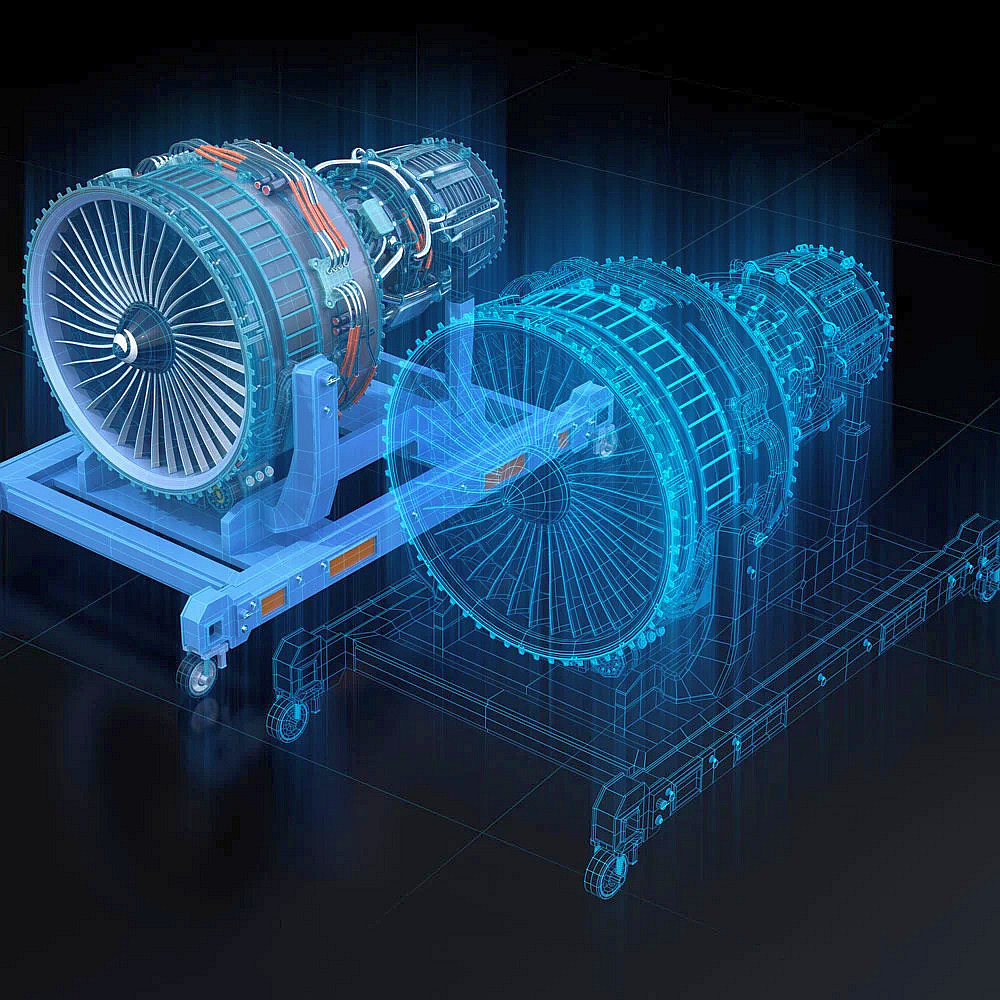Digital twins were first conceived by NASA in the 1960s when the organization would create physically duplicated systems at ground level to match systems in space.
“However, it wasn’t until recent advances in innovative technologies – such as internet of things (IoT) devices for pulling massive amounts of data – that digital twin began to truly mature,” said Todd Richmond, IEEE Member.
Now, Gartner predicts that the digital twin market will reach US$183 billion in revenue by 2031.
See also: Gartner Identifies Key Emerging Technologies Expanding Immersive Experiences
And it is easy to see why when one considers that the world’s foremost companies in a variety of industries are leveraging digital twin technologies to optimize…well, everything.
But what exactly is a digital twin, anyway?
And, more importantly, what can a digital twin do?
What Is a Digital Twin?
According to Paulo Miyagi, IEEE Senior Member, a digital twin is, in essence, “an exact digital replica of an object or system existing in the physical world that is constantly updated with real-time data to inform decision making.”
To achieve this, the object or system in question is outfitted with various IoT devices that serve as sensors to produce data related to performance – for example, in the case of a wind turbine, sensors are utilized to source data focusing on energy output, temperature, weather conditions, performance and more.
Once this data has been captured, a digital twin can be utilized to run simulations to better understand issues related to performance and generate valuable insights that can, in turn, be applied back to the analog object or system.
“Digital twins provide a way to ask, ‘what if/why not’ questions of an object or system,” said Richmond. “By utilizing a combination of visualization, simulation and internet of things technologies, digital twin technologies enable us to glean insights into objects and systems in unprecedented ways.”
Why Are Digital Twins Valuable?
Amol Gulhane, IEEE Senior Member states that “Digital twins are among the most powerful digital transformation innovations for bridging the information gap between the physical and virtual worlds, helping businesses to quickly identify and execute on the innovations needed to thrive.”
Indeed, McKinsey estimates that digital twin technologies can drive a revenue increase of up to 10%, accelerate time to market by as much as 50% and improve product quality by up to 25%.
Gulhane further highlighted three prominent sectors where digital twins are already being applied to great effect:
Manufacturing – Leveraged by leading manufacturers, digital twins are a core component of Industry 4.0 that help to enable the continuous optimization of manufacturing processes throughout the product lifecycle. In particular, digital twins of factories are utilized to enhance the management of production flows, predictive maintenance, workforce safety and more.
Transportation – Digital replicas of complex transportation systems can help researchers and developers to better understand, create and manage the infrastructure responsible for moving people and goods from Point A to Point B. For example, major airports around the world have begun applying digital twin technologies to create holistic views of their operations, enabling the optimization of everything from traffic control to baggage handling for improved operational efficiency.
Life Sciences – As researchers raced to develop safe and effective vaccines to combat COVID, manufacturing planners leveraged digital twins to simulate industrial processes, supply chains and logistics so that production could be scaled up quickly and efficiently.
Keeping the above in mind, a country like India has an enormous scope to utilize this opportunity. Higher-quality, advanced products and processes are delivering greater margins and further driving faster and permanent innovation. The Internet of Things is further revolutionizing many aspects of manufacturing operations, including real-time production monitoring, improving metrics accuracy and production efficiency. These are exactly the investments that India needs to make as it is the need of the hour. India’s service sector, which accounts for 53 .89% of total India’s GVA (Gross Value Added), can leverage the opportunity by adopting the latest offerings of web 3.0 to leverage technologies like Digital Twin.
The proliferation of digital twin technologies is poised to continue, as there is great value in being able to better understand physical objects and systems without having to run costly analyses.
What Does the Future Hold for Digital Twins?
IEEE Senior Member Roberto Saracco believes that digital twins will be increasingly leveraged moving forward to help address some of the most pressing challenges facing our world.
“The pandemic’s impact on global supply chains have highlighted logistics challenges that must be addressed if we’re to avoid future disruptions,” said Saracco. “It is reasonable to believe that digital twins, empowered by machine learning, internet of things devices, data lakes, automation, and other disruptive technologies, will play a role in redefining how we move things – and people – from one place to another.
Gulhane believes that digital twins maintain virtually limitless potential.
“Increasing amounts of cognitive power are being devoted to digital twins’ use,” said Gulhane. “Digital twin technologies are also going to be optimized in the future through advances in other emerging technologies, which will help to generate the new insights required to make products and processes more efficient.”
This article was contributed by IEEE









